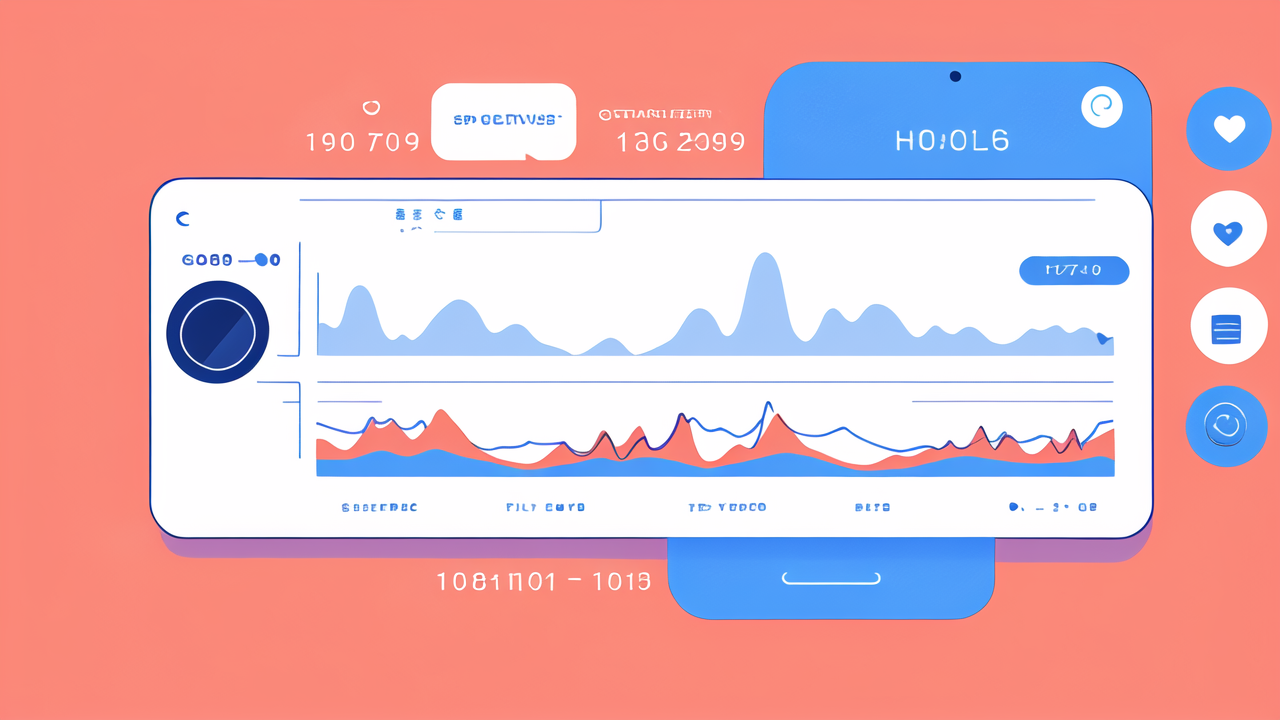Understanding the Role of Sports Watches in Athletic Performance
The History of Sports Watches and Fitness Tracking
Sports watches have come a long way since their inception. They began as simple timepieces for athletes. Early models could only show time and had basic stopwatch functions. As technology advanced, so did sports watches. They started to include features like heart rate monitors and GPS tracking.

In the 1980s, Casio introduced the first digital sports watch. This was a game-changer for athletes. It allowed them to track their performance with greater accuracy. The 1990s saw the rise of GPS technology in sports watches. This made it possible to track distance and pace during outdoor activities.
Today, sports watches are sophisticated devices. They can monitor various health metrics and provide real-time feedback. The evolution of these watches has greatly improved how athletes train and perform.
How Fila Watches Enhance Athletic Training
Fila watches are known for their reliability and functionality. They offer features that cater specifically to athletes' needs. These watches are designed to withstand intense physical activity. They are durable and water-resistant, making them ideal for various sports.
Fila watches typically include:
- Accurate timekeeping
- Stopwatch functionality
- Lap counting
- Water resistance
- Comfortable, durable straps
These features help athletes track their performance during training and competitions. The simple interface of Fila watches makes them easy to use, even during intense workouts. They allow athletes to focus on their performance without distractions.
Fila watches are particularly popular among runners and swimmers. Their durability and water resistance make them suitable for these high-intensity sports. While they may not offer advanced features like GPS, they excel in their core functions.
The Technology Behind Smart Watch Fitness Tracking
Smart watches have revolutionized fitness tracking. They use a variety of sensors to collect data about the user's physical activity. These sensors include:
- Accelerometers: Measure movement and steps
- Gyroscopes: Detect orientation and rotation
- Heart rate monitors: Track heart rate continuously
- GPS: Provide location and distance data
Smart watches process this data to provide insights about the user's fitness. They can track metrics like calories burned, sleep quality, and stress levels. Many smart watches also offer guided workouts and personalized fitness plans.
The technology in smart watches is constantly evolving. Newer models can measure blood oxygen levels and even perform ECG tests. This advanced technology allows for more comprehensive health monitoring. It gives athletes a deeper understanding of their body's performance.
Comparing Fila Sports Watches to Smart Watches
The Pros and Cons of Using Fila Watches for Fitness
Fila watches have several advantages for fitness enthusiasts:

- Durability: They can withstand tough conditions and intense workouts
- Simplicity: Easy to use with straightforward functions
- Battery life: Longer lasting than most smart watches
- Affordability: Generally less expensive than smart watches
However, Fila watches also have limitations:
- Limited features: They lack advanced tracking capabilities
- No smart notifications: Cannot receive calls or messages
- Manual data entry: Require users to log their activities separately
Fila watches are ideal for those who prefer a no-frills approach to fitness tracking. They're great for basic time and lap tracking. But they may not suit those who want detailed insights into their health and performance.
The Pros and Cons of Smart Watches in Sports
Smart watches offer numerous benefits for athletes:
- Comprehensive tracking: Monitor various health and fitness metrics
- Real-time feedback: Provide instant data during workouts
- Connectivity: Sync with smartphones for notifications and music control
- Customization: Offer personalized workouts and goals
However, smart watches also have drawbacks:
- Battery life: Require frequent charging, especially with heavy use
- Complexity: Can be overwhelming with too many features
- Fragility: May be less durable than traditional sports watches
- Cost: Generally more expensive than basic sports watches
Smart watches are best for tech-savvy athletes who want detailed data. They're ideal for those who enjoy analyzing their performance and health metrics. But they might be overkill for casual exercisers or those who prefer simplicity.
Expert Insights on the Best Fitness Watches for Sports
Experts generally agree that the best fitness watch depends on individual needs. For serious athletes who want comprehensive data, smart watches are often recommended. Brands like Garmin and Apple Watch are popular choices. They offer advanced features and accurate tracking.
For those focused on specific sports, specialized watches may be better. Swimmers, for example, might prefer a waterproof Fila watch. It's simple and durable, perfect for lap counting and timing.
Runners often benefit from GPS-enabled smart watches. These provide accurate distance and pace tracking. Garmin and Polar are highly rated brands in this category.
Experts advise considering your primary activities and goals when choosing a watch. A simple Fila watch might be sufficient for casual gym-goers. But triathletes may need a more advanced smart watch with multi-sport modes.
Choosing the Right Fitness Watch for Your Sport
Factors to Consider When Selecting a Sports Watch
When choosing a sports watch, consider these key factors:

- Your primary sport or activity
- Required features (GPS, heart rate monitoring, etc.)
- Battery life
- Durability and water resistance
- Comfort and fit
- Budget
- Compatibility with other devices or apps
Think about how you'll use the watch. If you're a swimmer, water resistance is crucial. For outdoor runners, GPS and long battery life are important. If you want to track multiple sports, a versatile smart watch might be best.
Consider your tech comfort level too. If you prefer simplicity, a basic Fila watch might suit you better. For those who enjoy data analysis, a feature-rich smart watch could be more appropriate.
The Impact of User Experience on Fitness Watch Selection
User experience plays a big role in fitness watch selection. A watch with great features is useless if it's too complicated to use. Consider these aspects of user experience:
- Ease of use during workouts
- Screen visibility in various lighting conditions
- Comfort during long-term wear
- Intuitiveness of the interface
- Quality of the companion app (for smart watches)
Many users prefer watches with simple, clear displays for easy reading during exercise. Touchscreens can be tricky to use with sweaty hands, so some prefer physical buttons. The way data is presented is also important. Look for watches that display information in a way that makes sense to you.
Top Picks: Sports Watches for the US Market
Here are some top picks for sports watches in the US market:
- For runners: Garmin Forerunner series
- For swimmers: Fila Lap Memory watch
- For triathletes: Apple Watch Series 7
- For gym-goers: Fitbit Versa 3
- For outdoor adventurers: Suunto 9 Baro
Remember, the best watch for you depends on your specific needs and preferences. Consider trying on different watches and reading user reviews before making a decision. Whether you choose a simple Fila watch or a high-tech smart watch, the right fitness tracker can help you achieve your athletic goals.




Leave a comment
This site is protected by hCaptcha and the hCaptcha Privacy Policy and Terms of Service apply.